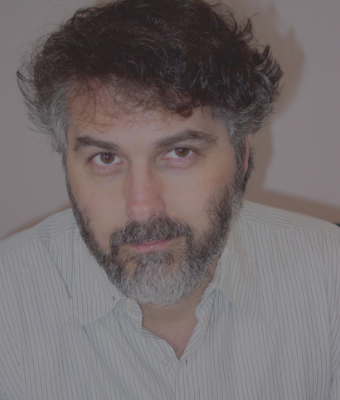My PD Story

Nicolas Tritsch, PhD
2022 Impact Award
Decoding the Neurochemical Conundrum of Levodopa-Induced Dyskinesia
Parkinson’s disease (PD) progressively robs the brain of its ability to create dopamine, which over time, results in movement symptoms. Levodopa, the most common drug treatment for PD, fills in the dopamine gaps left by the lost neurons and can help improve movement. However, this treatment is most effective in early-stage PD. At a certain point in PD progression, the dopamine neuron networks in the brain change, making levodopa no longer as effective and often leading to dyskinesia (involuntary and erratic muscle movements). The biological changes that occur in the brain that cause these issues are still unknown, but Nicolas Tritsch, PhD, recipient of a Parkinson’s Foundation Impact Award, seeks to shed light on this neurochemical conundrum.
Dr. Tritsch’s work is focused on direct-pathway striatal projection neurons (dSPNs), which are neurons in the brain that are believed to be responsible for levodopa-induced dyskinesia in advanced PD. As the disease progresses and dopamine neuron numbers drop below a certain threshold, dSPNs begin to respond less favorably to dopamine, resulting in motor issues. Dr. Tritsch wants to understand what is going on biologically in these dSPNs right before and after that threshold is crossed in order to help design therapies that account for and prevent the triggering of dyskinesia.
To investigate these dSPN changes, Dr. Tritsch and his team at the New York University Grossman School of Medicine have developed a technique that allows them to create gradual dopamine neurodegeneration levels in a single mouse brain — effectively simulating various stages of PD progression within a single animal.
With this technique, Dr. Tritsch and his team can determine “threshold boundaries” within the brain, identifying dSPNs on the cusp of changing their reaction to dopamine. Dr. Tritsch will isolate and analyze these threshold dSPNs, comparing the molecular and chemical differences between those before and after their shift in dopamine response.
Dr. Tritsch will next monitor, measure, and compare the neuronal activity of pre- and post-threshold dSPNs after exposure to dopamine. This will allow him to specifically determine what is happening when dSPNs in advanced stages of PD react so negatively to dopamine to cause dyskinesia. This knowledge may help improve future treatment strategies to avoid those side effects.
When asked what the Parkinson’s Foundation funding means to him and his research goals, Dr. Tritsch said, “I want to make a difference and help patients. Having our work recognized by the Parkinson's Foundation is the first official step in this endeavor… this support means that my laboratory can continue to pursue what I consider to be one of the most exciting and therapeutically promising line of work in my laboratory at present.”
Meet more Parkinson’s researchers! Explore our My PD Stories featuring PD researchers.
More Stories
from the Parkinson's community


